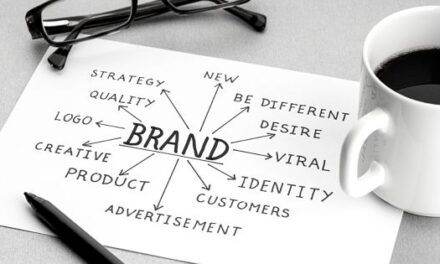Companies are recognizing the benefits of achieving diversity and inclusion. Research suggests approaching this issue holistically will help businesses grow in the long run. Often, institutions handle gender or racial and ethnic diversity as a mandate and not something that could help toward lasting success. Being open-minded and demonstrating a level of commitment toward diversity and inclusion fosters a greater social coherence.

Unfortunately, some companies view this issue disingenuously and tackle it as “good for business.” When companies approach diversity in this way, it falls short, and quickly. In a matter of time, a cultural misstep ensues. A flagrant incident emerges and caught on video is an unhappy customer sharing their story vitriol on social media for the online trolls to weigh in. Another example is a company produces a polarizing product and campaign that some may find offensive. After a public outcry, the business is forced to pull the product off store shelves, leaving many to wonder, were there any people of color a part of the decision-making process and did they have a voice in the matter. The company is befallen to public humiliation and scrutiny, which ultimately warrants a costly PR clean-up.
As Verna Myers, VP of Inclusion Strategy at Netflix and Founder of The Verna Myers Company perfectly stated: “Diversity is being invited to the dance and inclusion is being asked to dance.” Corporations cultivating a work environment that is conducive to other perspectives and diverse backgrounds are one step closer to making a meaningful change. Employees should feel empowered to unlock their true authentic selves, whether it’s ignited by their gender, race, disability, religion, cultural or sexual persuasion, and not be made to feel like some sort of outcast or experiment. Those unique qualities should not only be embraced but welcomed in a most endearing way.
Their opinions should matter, be heard loud and clear, and not stifled for subjective assessment. It’s well within one’s right not to fully understand, but they can certainly be tactful about it, open-minded and accepting. This also means a person should not be barraged with statements and questions charged by unconscious biases that can be easily interpreted as an egregious form of pandering and an implicit typecast. Resources and diversity-friendly support mechanisms should be in place and made readily available to initiate cross-functional learning experiences among staff and leadership. Most of all, everyone should be treated as dignified human beings hired for the skills sets they bring forth to the organization.
Promoting a diverse workforce is a smart business practice; it brings tremendous value to any company. It allows for a global perspective and drives innovation and matters that can elevate a company and its competitive edge. Solutions can be dealt with seemingly through the lens of people from completely different views and backgrounds for a common goal. Most importantly, diversity and inclusion raise employees’ morale and increase productivity. Bottom line, it’s a win-win for everyone.





















